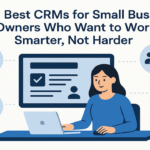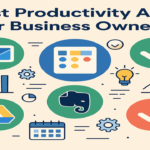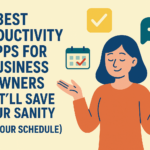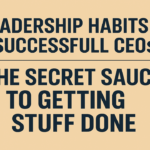Many may argue that with the advent of more complex algorithms and trends in the ever-changing world of the internet, SEO has become a thing of the past. However, there is no denying that it still remains as the keyway for businesses to ensure traffic to their website.
In today’s world, having a strong online presence is a must-have for all businesses, and thus an integral part of their marketing strategy. One of the key ways that businesses build prominence in the digital world is through SEO, or Search Engine Optimization, which is the art of increasing organic or ‘natural’ traffic to their website from search engines, vs. PPC (pay-per-click where companies place paid advertisements to direct users to their website). However, there is a whole lot of science behind this art, since there are hundreds and thousands of brands, businesses and companies often competing for the same spot, i.e., the top rank in search results.
Why is it so important to get the top ranking in search?
According to recent studies, 67% of all clicks belong to only the first five listings on a search engine results page (SERP), and the first page of Google results gets close to 92% of all clicks with only 6% for second-page results. And of course, the more the clicks, the more likely that the consumer will land on your website and stay there.
Moreover, a lot of users believe that the more credible sites appear in the top searches on Google. This helps build credibility for your brand/business, and of course target the right consumers to your website, not to mention increase awareness and top of mind recall for the brand. This may not only result in immediate or short-term sales but also help improve brand equity in the long run, which is the eternal win for any brand.
Another reason that SEO works so well is that it helps catch the attention of complementary businesses who may send you referrals or contact you for potential partnerships to grow the business.
But how difficult is it to compete for that top spot?
Not that hard, actually, if done the right way, although it requires consistent time and effort to stay there since there are so many contenders for it. There are multiple ways that a business can achieve that top spot:
- Use keywords that users tend to use during the search, which may be completely different from what you might be using for your business. For instance, a website leather skin shop would benefit far more from words consumers are looking for, such as ‘leather jacket’ or ‘winter wear’ vs. technical words like ‘faux leather’ which people may be unaware of. GoogleAdwords is a simple and effective way of getting information on keywords and one that businesses should use on a regular basis
- Use long-tail keywords, i.e. longer keywords which are more specific and targeted to your business. Not only are they less competitive, but will also result in a more targeted audience reaching your website, one who is more likely to engage and buy
- Have a mobile-friendly version of your website. According to official Google statements, mobile contributes to more than 50% of all searches globally
- Optimize titles and meta descriptions so that users are compelled to click on your website once they see the preview. Your titles should stand out to users, along with being accurate and concise about the content
- Use social media to your advantage. Increase engagement through articles, blogs, and influencers. Stretching the example mentioned above, the website is more likely to show up on search if they post engaging content regularly, and if there are lifestyle bloggers who mention the website casually while talking about customized styles or the custom logo design services the company has to offer. This helps build trust and authority not just with the users, but with Google as well
- Use the right keywords for links as well, for example, ‘tell me more’ may be more effective than ‘click here for more info.’
- Use more images and videos to drive engagement, and keep your content up to date, since this is a key element that Google tracks to determine SEO rankings. However Google cannot read images, therefore optimize images with alternative text or tag (called ‘alt text’ or ‘alt tag’). Google will then be able to not only ‘read’ the image, but also index it for image-only searches.
- Work on the speed and layout of your website to make it as user-friendly as possible. This will not only increase your ranking but also the probability of users staying longer on your page and exploring more
- Have a clear, succinct and clean URL which looks credible to users, as URLs appear underneath the title in each search
So does SEO really impact sales?
Yes, and no. Yes, because as mentioned above, SEO is the number 1 factor that determines how many people will be directed to your website. And that, of course, is the beginning of getting your potential buyer to reach you at the right place. Today, as many as 81% of people use search engines to look up things online before making a big purchase. Also, while social media may be the latest fad, search still beats it by 300% in driving traffic to a website, resulting in greater ROI, lead generation and conversion.
And no, because SEO is obviously not a guarantee that the user will make a purchase from your site. Multiple other factors will also come into play, such as the product, price, what type of content there is, how much time a customer spends on your site, how user-friendly your website is, etc. However, all of these factors will come into play only when a user gets to your landing page, which is something that an SEO top ranking ensures. However, SEO does require time, patience and consistency. And so it gives you a fair shot at converting a cold lead into a real purchase by reducing the steps in a purchase cycle by bringing the customer to you or vice versa.












